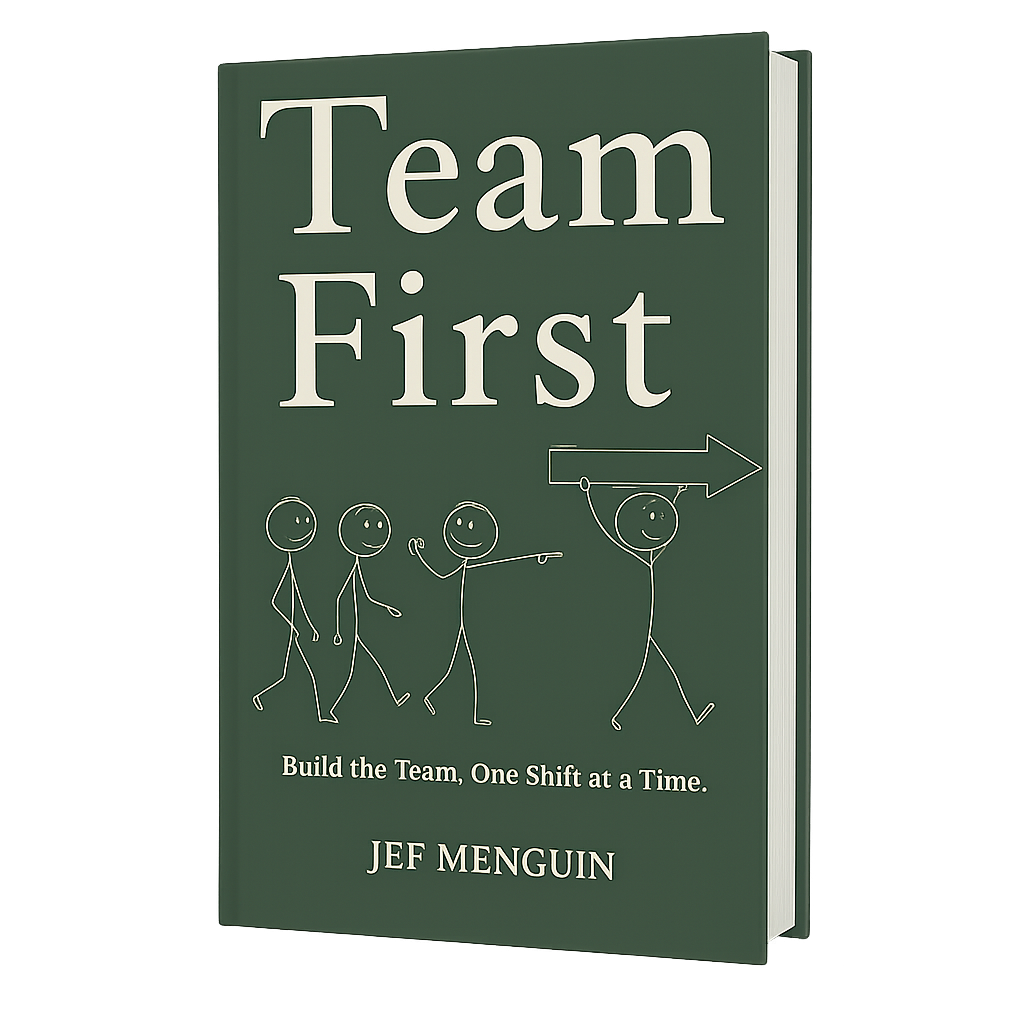There was a time when I thought being “indispensable” was a compliment.
I liked being the one people came to for answers. I liked knowing that if I wasn’t around, nothing would move without me.
It made me feel useful. Important.
But over time, it started to wear me down.
Vacations? Interrupted.
Weekends? Half-available.
Delegation? Still ended with me doing the fixing.
One day, after reviewing a report I’d basically rewritten for the third time, I stopped and asked myself:
“Am I leading this team—or babysitting it?”
And that’s when it hit me.
I hadn’t built a team.
I’d built a dependency.
Here’s the truth most leaders don’t admit:
Many of us secretly love being needed.
Until we realize that the more people rely on us, the less they rely on each other.
And when that happens, you don’t have a team—you have a traffic jam.
- You become the default decision-maker.
- People wait for your sign-off.
- No one steps up because you always will.
You can’t grow leaders in the shadow of your own spotlight.
And you can’t build momentum when your team can’t move without you.
What Does a Self-Building Team Look Like?
It’s not about hands-off leadership.
It’s about building shared ownership—where people don’t just wait for direction, they bring direction.
Here’s what it feels like when that happens:
- Team members hold each other accountable
- People step in without being told
- Decisions get made at the right levels
- You start hearing things like “Here’s what I already did,” not “What should I do?”
- New leaders emerge—without needing a title
You stop managing people, and start leading systems that grow people.
When Carla Let Go of the Wheel
Carla led a fast-moving sales team. Smart, young, ambitious—but always waiting for her to check the details, approve the copy, fix the slide, make the final call.
One afternoon she said, “I feel like the team can’t move without me.”
We asked a simple question:
“Have you taught them how to decide—or just waited for them to get it wrong?”
That week, she changed her style.
Instead of giving the answer, she asked:
“What do you think is the best move—and why?”
She delegated, yes—but also coached.
She replaced micromanagement with clarity, context, and consequence.
And over time, the team stopped leaning on her—and started leading with her.
Why Ownership Outperforms Oversight
According to a Gallup study on high-performing teams, employees who feel they have “extreme clarity” on their role and autonomy to act are more engaged, more resilient, and far more productive than those who are simply told what to do.
In Multipliers by Liz Wiseman, she distinguishes between “Diminishers”—leaders who absorb their team’s intelligence—and “Multipliers,” who amplify it by creating space for people to think, decide, and take action.
“The best leaders aren’t the geniuses in the room. They’re the ones who make everyone else smarter.”
Micromanagement creates compliance.
But trust, structure, and stretch create capacity.
How to Build a Team That Builds Itself
You don’t need to step away.
You just need to step differently.
Try this:
- Make expectations visible. Don’t just say “do your best.” Define what success looks like.
- Coach decision-making. Don’t answer right away. Ask, “What would you do?”
- Celebrate initiative. Praise the behavior you want to see more of—not just results.
- Create peer accountability. Let the team hold each other up—not just wait for you to step in.
- Let go of perfect. If your standard is perfection, they’ll always defer to you.
The goal isn’t for them to do it your way.
It’s to do it with care, clarity, and confidence—even when you’re not watching.
Lead Less to Grow More
You don’t need to carry the team.
You need to build people who carry each other—who take ownership, lift one another, and keep momentum moving without your constant supervision.
That’s when leadership becomes sustainable.
That’s when you become free to lead forward.
So if your team needs you a little too much right now—maybe that’s your signal.
Not to work harder.
But to build smarter.
What’s Your Take?
Are you leading a team—or holding it together?
If you’re ready to build a team that moves without you, we can explore workshops, team coaching, or even a learning experience that equips your managers to lead leaders—not followers.
Send me a message. We can talk about what your team needs—and what’s getting in the way.
Because great teams don’t just get managed.
They get built—intentionally.


